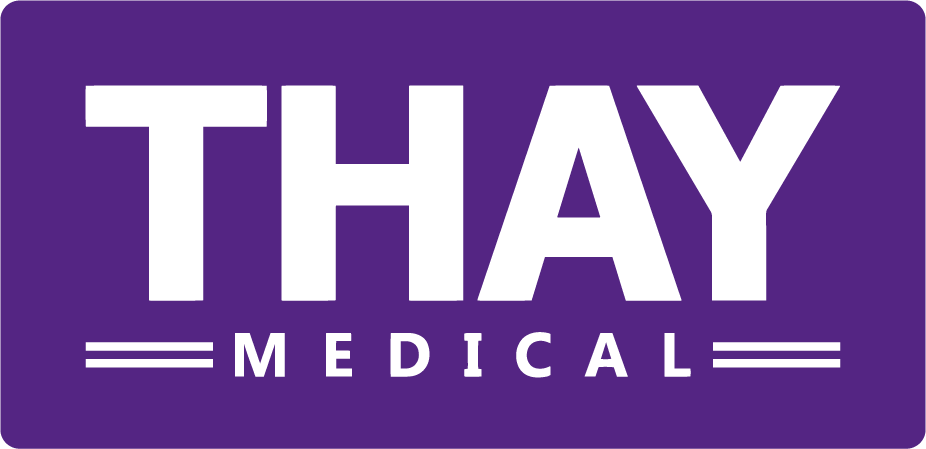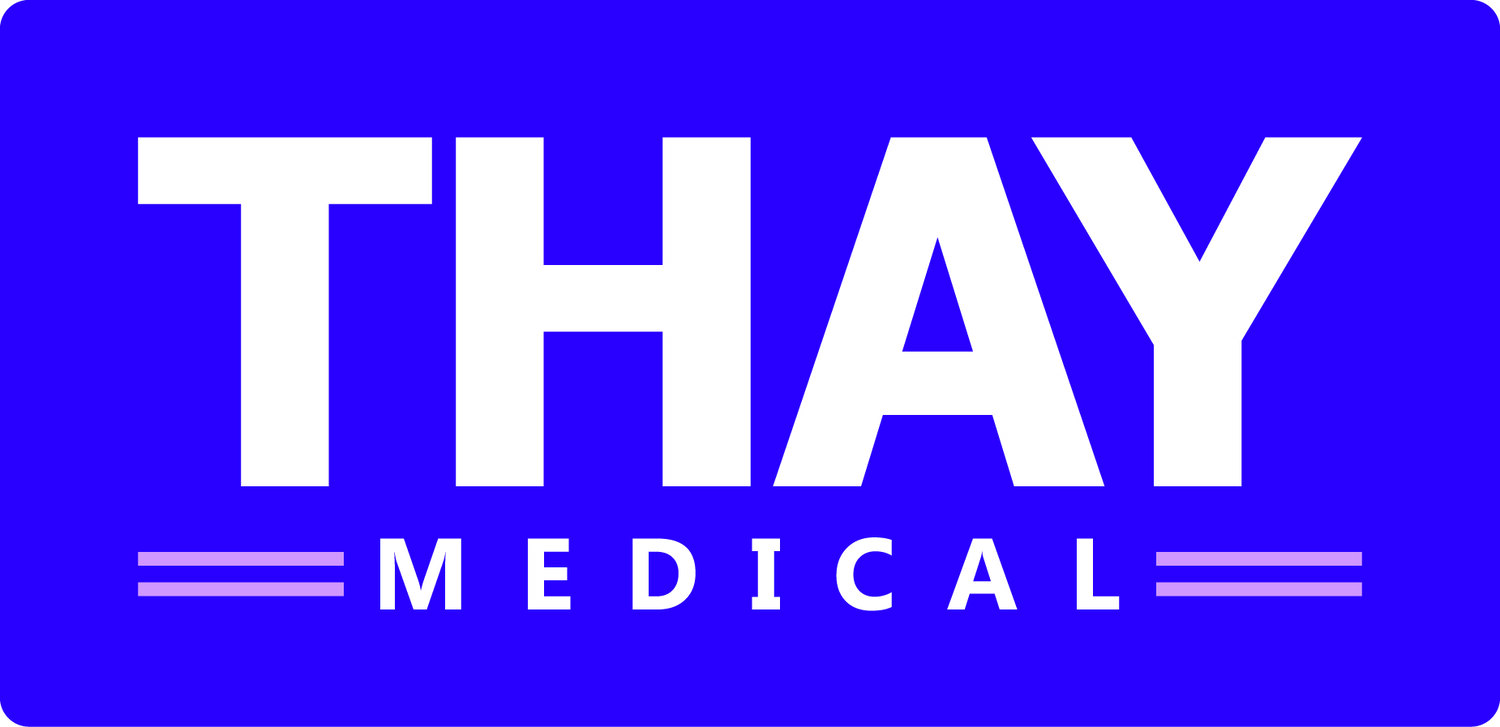Usability with Turn Dials
 Just recently a colleague had mentioned to me that he had lost two of his best (and most expensive) shirts as they had been severely shrunk in the washing machine. He joked that the current size would probably have fitted him 20 years ago. This was the outcome of a simple mistake, he had set the washing temperature to 80 degrees Celsius rather than 40. For my reaction I asked, “Didn’t you read the shirt label telling you about the ideal washing temperature?” and his answer was “Yes I did. I thought I was pointing the dial to 40 degrees, but instead it was 80!” Still thinking that was his mistake, I checked the washing machine and found that in fact the problem was in the user interface.As an attempt to create controls that follow a certain style – looking like “eyes”, the manufacturer designed dials with two arrows pointing in opposite directions which are therefore conflicting. The only difference is a tiny groove, which gives an indication to what value the dial is pointing. Although a guess, it is easy to conclude that not enough (if any at all) usability evaluation has been done, since it would be an issue likely to have been observed.The consequence of such a mistake in this particular incident was the loss of garments, but what if the product was a medical device?With medical devices, such a user interface issue must never happen as it could lead to serious consequences, such as injury or even death, in the worst case scenario. That is why it is important to prevent such problems by trying to spot them before the product has been launched into the market. Human Factors and usability evaluation can be crucial at the start or during the design process and helps to produce products that are easy and safe to use.Luckily, medical devices do now go through human factors and usability evaluations, risk assessment and design mitigation. Many devices that require manual controls are now much more usable, with the example in the banner showing one method to differentiate controls – through having single pointers per dial and clear labelling. What this shows is that many medical devices offer better usability than consumer products.Gelson MarconHuman factors engineer at THAY Medical
Just recently a colleague had mentioned to me that he had lost two of his best (and most expensive) shirts as they had been severely shrunk in the washing machine. He joked that the current size would probably have fitted him 20 years ago. This was the outcome of a simple mistake, he had set the washing temperature to 80 degrees Celsius rather than 40. For my reaction I asked, “Didn’t you read the shirt label telling you about the ideal washing temperature?” and his answer was “Yes I did. I thought I was pointing the dial to 40 degrees, but instead it was 80!” Still thinking that was his mistake, I checked the washing machine and found that in fact the problem was in the user interface.As an attempt to create controls that follow a certain style – looking like “eyes”, the manufacturer designed dials with two arrows pointing in opposite directions which are therefore conflicting. The only difference is a tiny groove, which gives an indication to what value the dial is pointing. Although a guess, it is easy to conclude that not enough (if any at all) usability evaluation has been done, since it would be an issue likely to have been observed.The consequence of such a mistake in this particular incident was the loss of garments, but what if the product was a medical device?With medical devices, such a user interface issue must never happen as it could lead to serious consequences, such as injury or even death, in the worst case scenario. That is why it is important to prevent such problems by trying to spot them before the product has been launched into the market. Human Factors and usability evaluation can be crucial at the start or during the design process and helps to produce products that are easy and safe to use.Luckily, medical devices do now go through human factors and usability evaluations, risk assessment and design mitigation. Many devices that require manual controls are now much more usable, with the example in the banner showing one method to differentiate controls – through having single pointers per dial and clear labelling. What this shows is that many medical devices offer better usability than consumer products.Gelson MarconHuman factors engineer at THAY Medical

